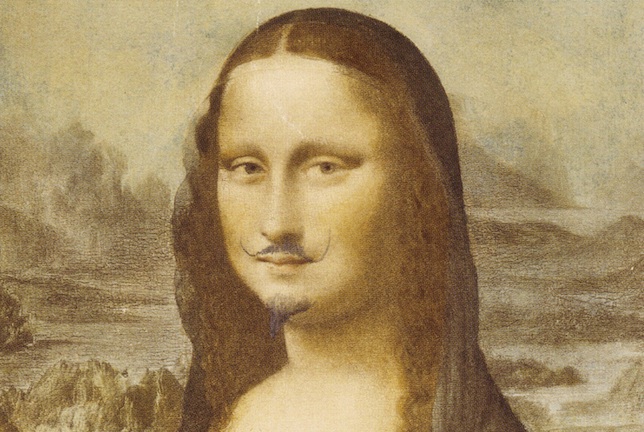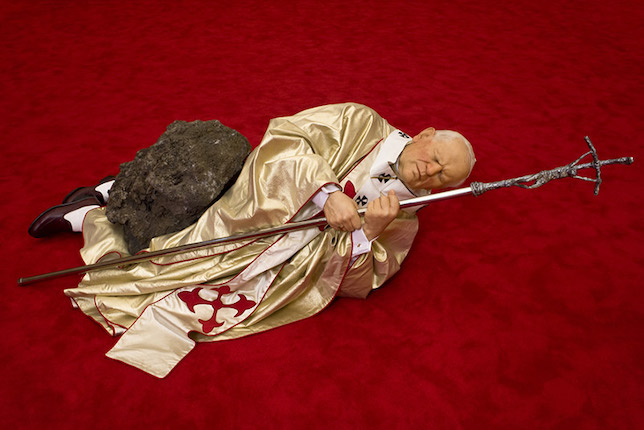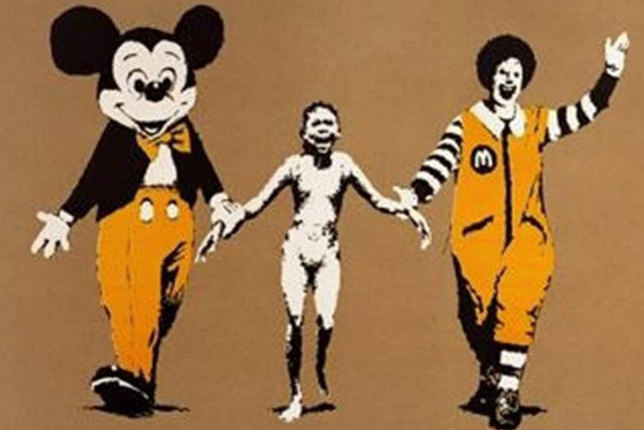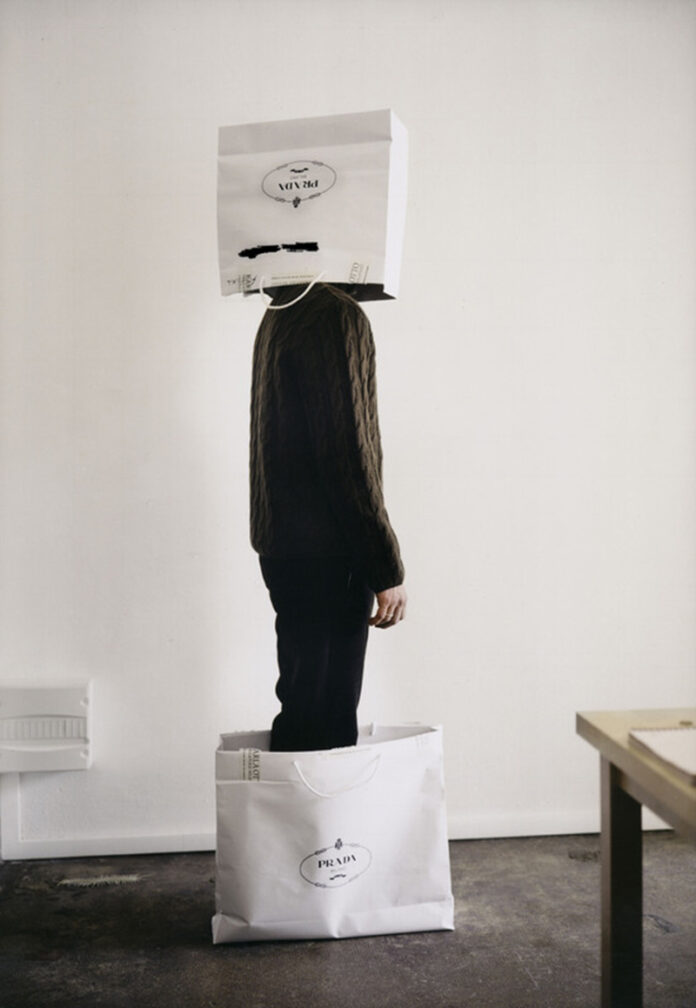Traditionally, we have the idea that art should be a serious. Nevertheless, there are works of art that make us smile and laugh. Humor in art includes pranks with the audience, piling up incongruous objects, and so on.
In this article, we are going to trace the history of humor in art throughout the 20th century and consider its place in the contemporary art world today.
Humor in art is often inspired by gaps, spacing between codes, social conventions, and preconceived ideas.
Dadaism and Ready-Made

The 20th century marks a turning point for humorous art. Artistic movements such as Dada emerged. Dadaism is an intellectual, literary and artistic movement that emerged in the chaotic context of the First World War.
Dadaism is defined by its break with social conventions through humor, ridicule, and irreverence. Humor is at the heart of this movement. Dadaism is freedom and creative spontaneity. Dadaism is witty works of art full of wordplay, readymades and artistic performances. It is also known for exploring the role of chance in the creative process.
Surrealism

The Surrealist movement took the same light and provocative approach as the Dadaists, but combined elements of irrationality and daydreaming. Surrealists were strong admirers of Sigmund Freud and psychoanalysis. The representatives of this movement advocated the liberation of desires, referring to the unconscious and its manifestation in our dreams. This ultimately diminished the importance of consciousness and willpower.
Surrealist artworks were often created from a combination of bizarre and dissimilar elements. Both Dadaism and Surrealism encouraged humor and play in artistic creation. However, it was mostly light and childish humorous art, based on playful, unlikely associations associated with the severity of the war years.
Contemporary Art and Dark Humor

In contemporary art, the humor is darker and blacker. More and more artists are turning to black humor in art and irony as a tool for social and/or political protest. Today, artists claim that one of their missions is to denounce the rules imposed by society.
Consumerism, waste, inequality, environmental issues are recurring themes in contemporary art. Some world-famous figures in the art world have built their empires on the art of black humor in art. Maurizio Cattelan, for example, has created many works that are collectively paradoxical, provocative, dark and funny.
The humor of Maurizio Cattelan is far from the liberated, playful thinking for which the Dadaists and Surrealists were praised. This caustic black humorous art aims to destroy the very foundations of society and comes from a kind of deep frustration.
Maurizio Cattelan once said in an interview that he did nothing more provocative and brutal than what we see every day around us. Compared to the daily news, his work is not so cynical.
Street Art

Banksy is another artist who resorts to subversive humor in art. In his works, black humor and irony are used as weapons of political protest. He criticizes the capitalist economy, governments, power in general, the military, and other social conventions.
It would be impossible to capture a large group of artists using humor at any level in contemporary art. However, we can remember that art and humor exist as an illusion, functioning as a gap between reality and what is possible.
Humor has the ability to reconcile opposites. Ease in the face of the gravity of reality allows us to distance ourselves from our fears. In other words, humor in art can work as a defense mechanism against shame, depression, anger, and despair.

























